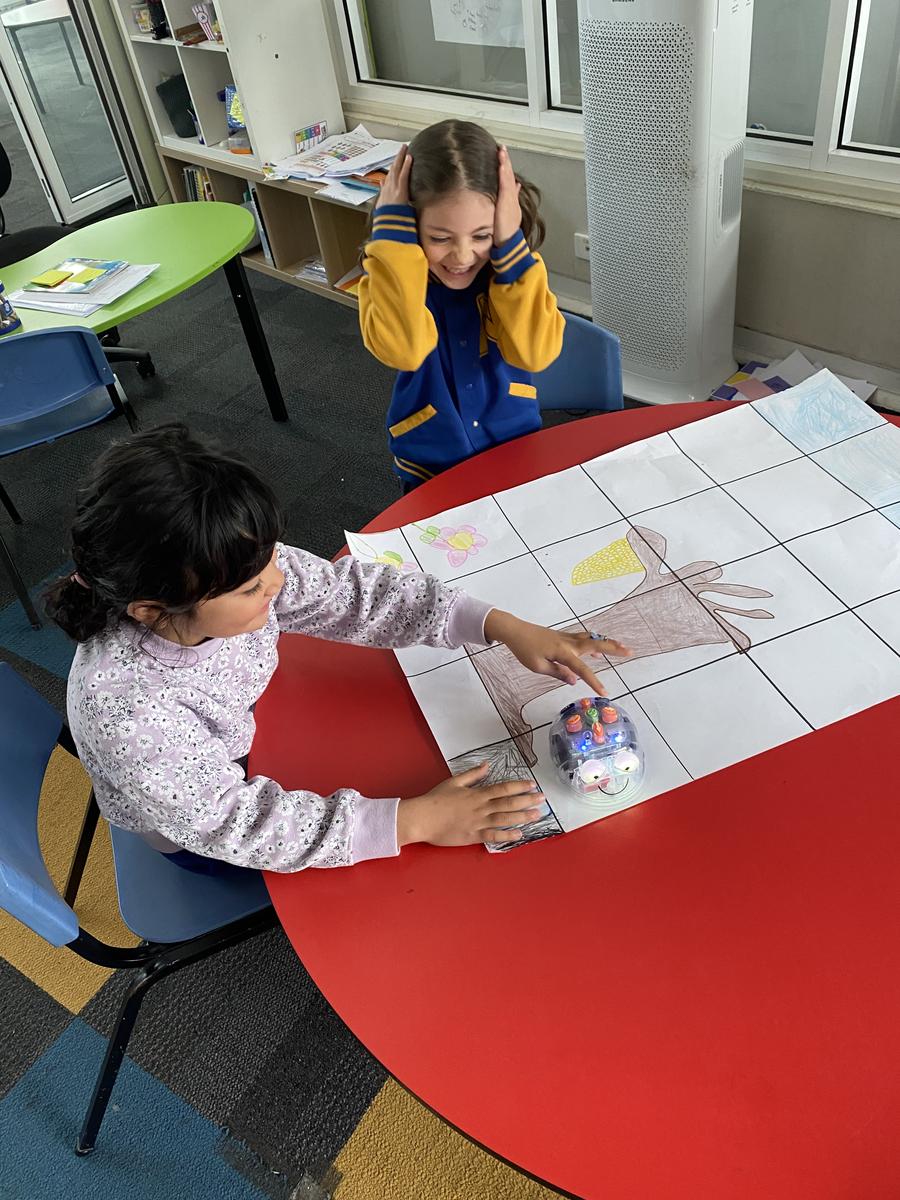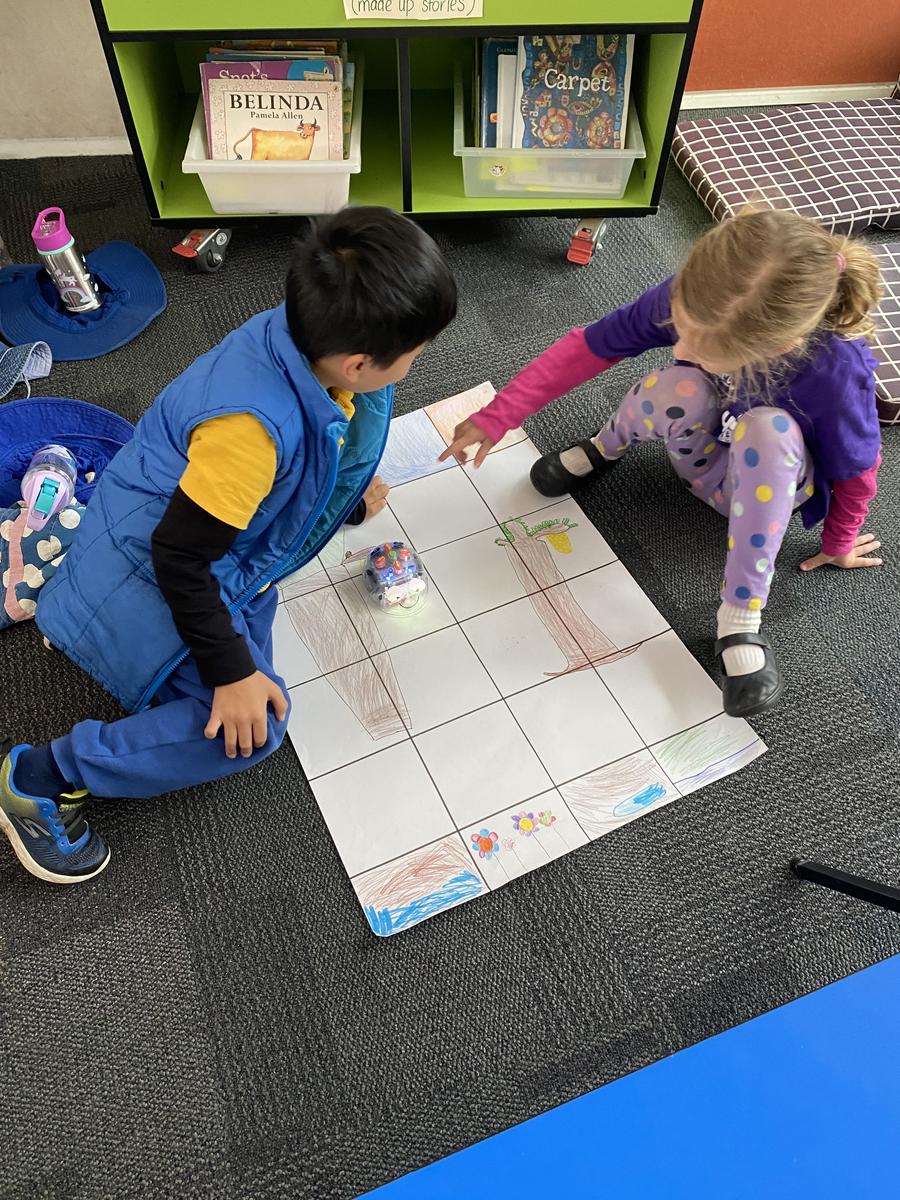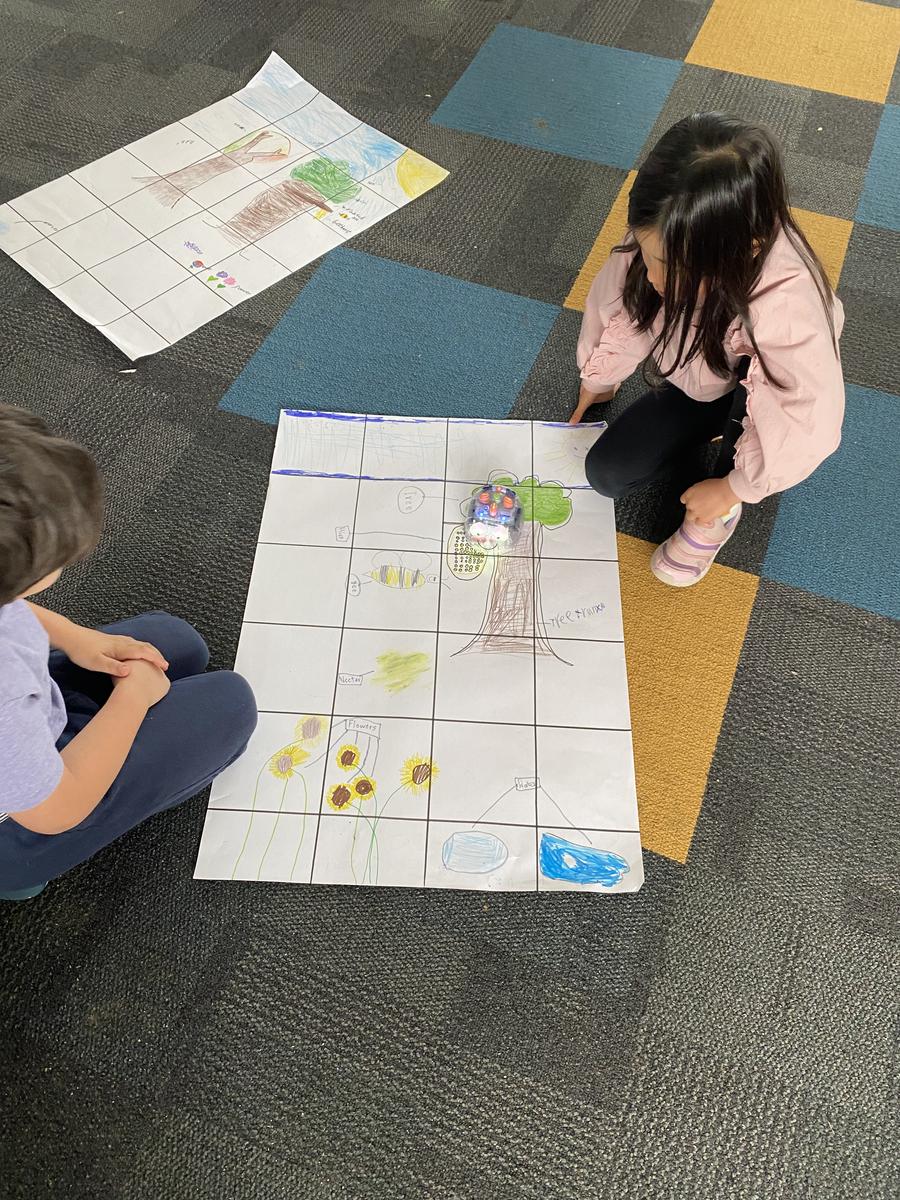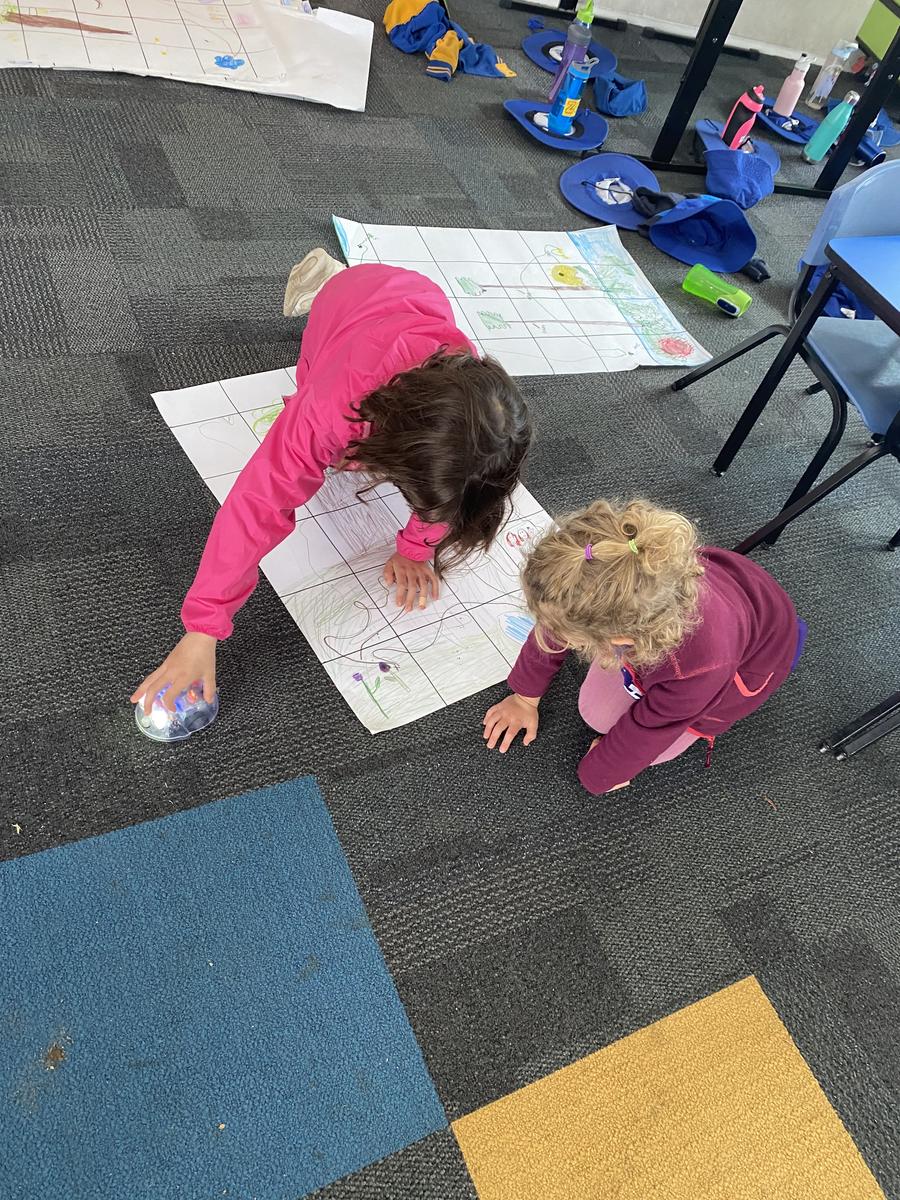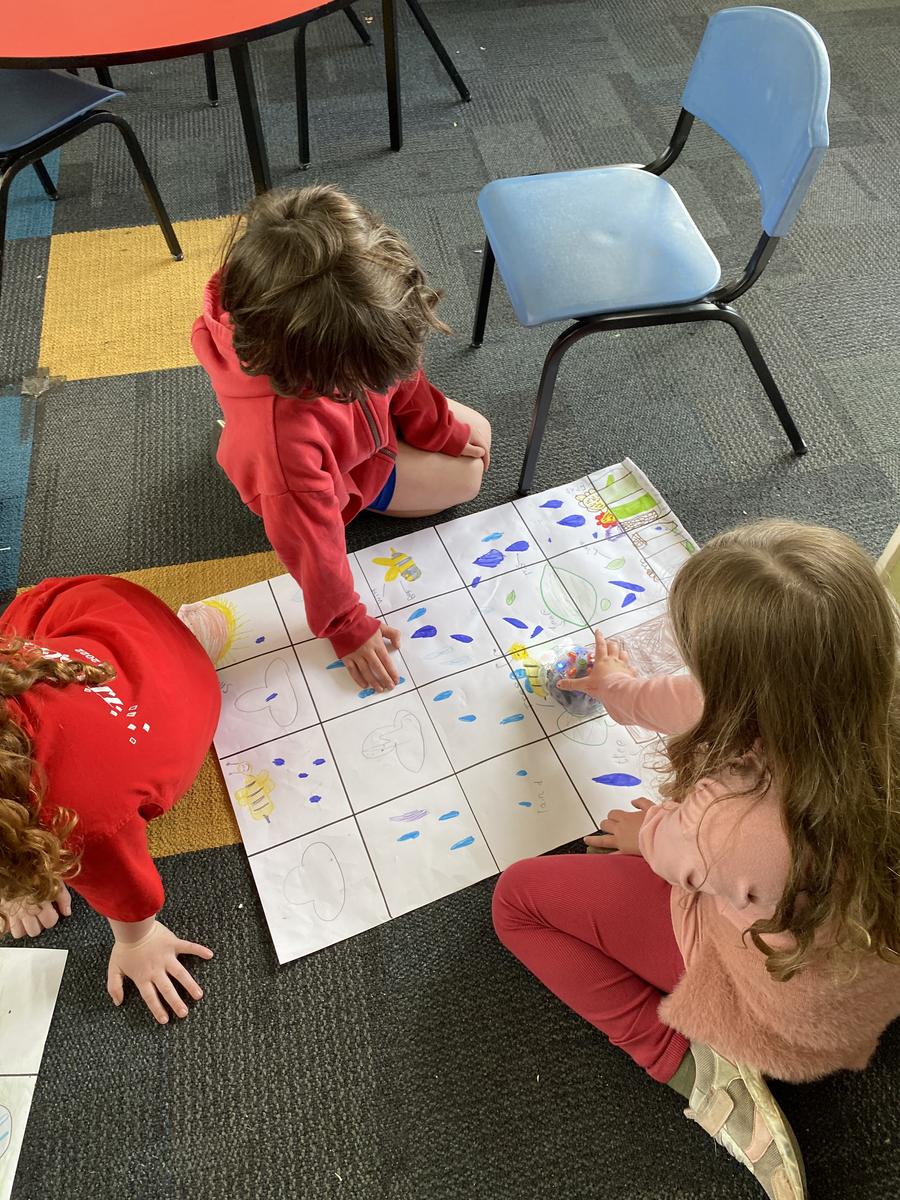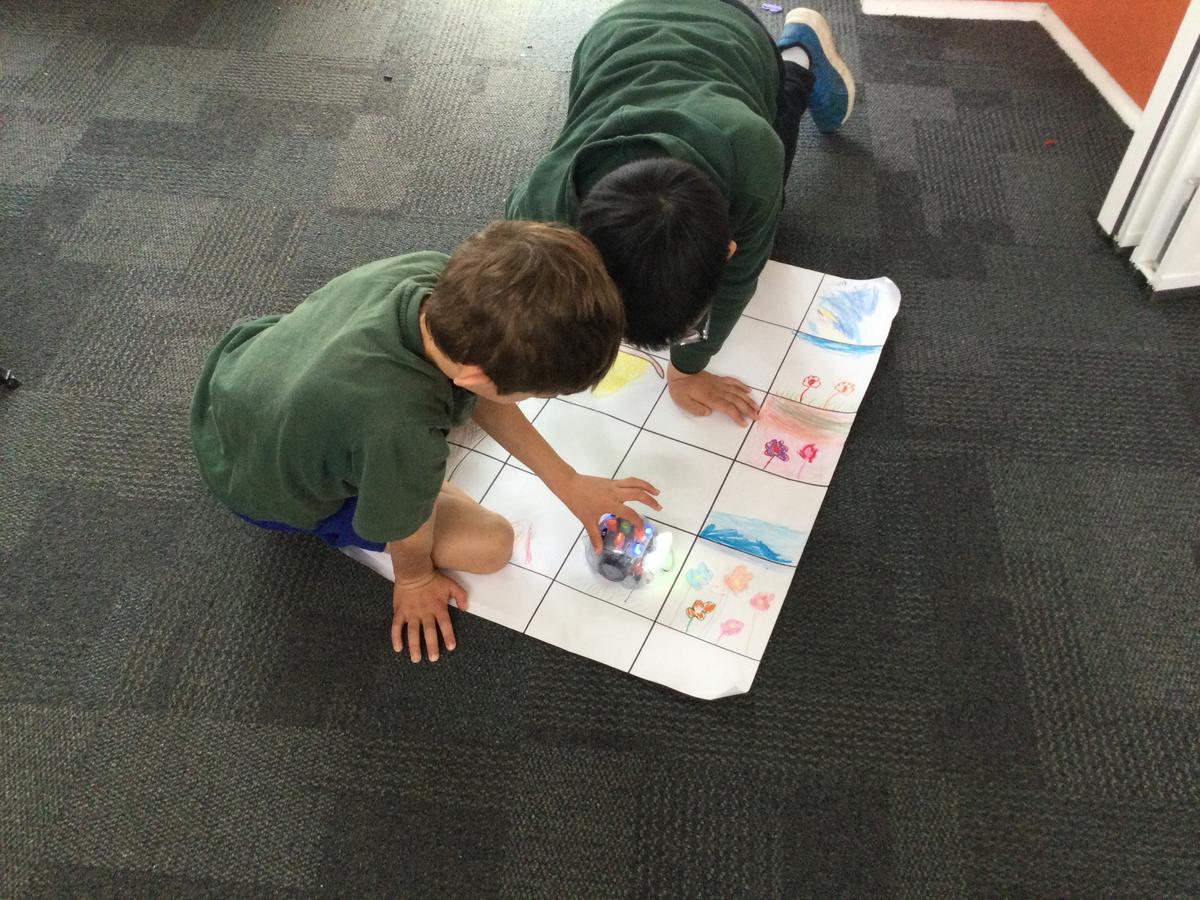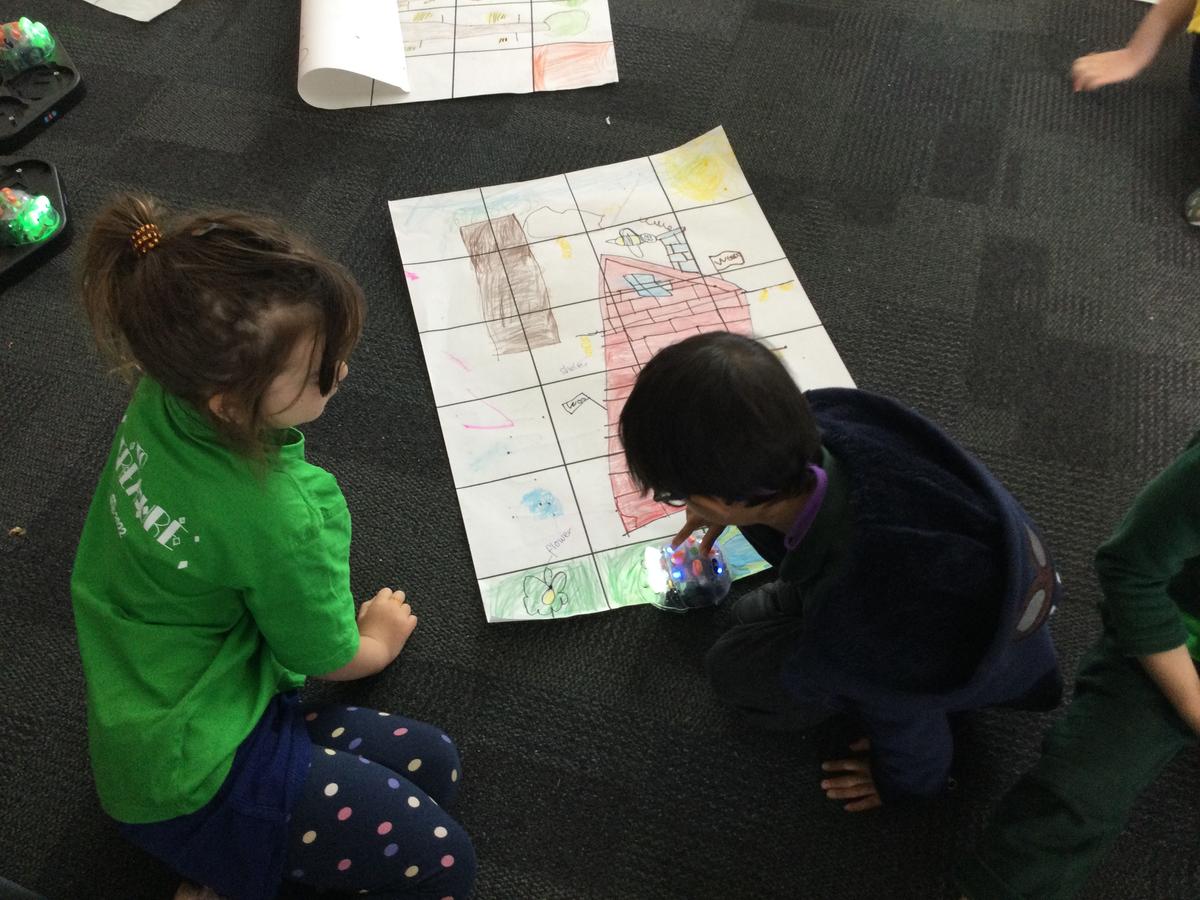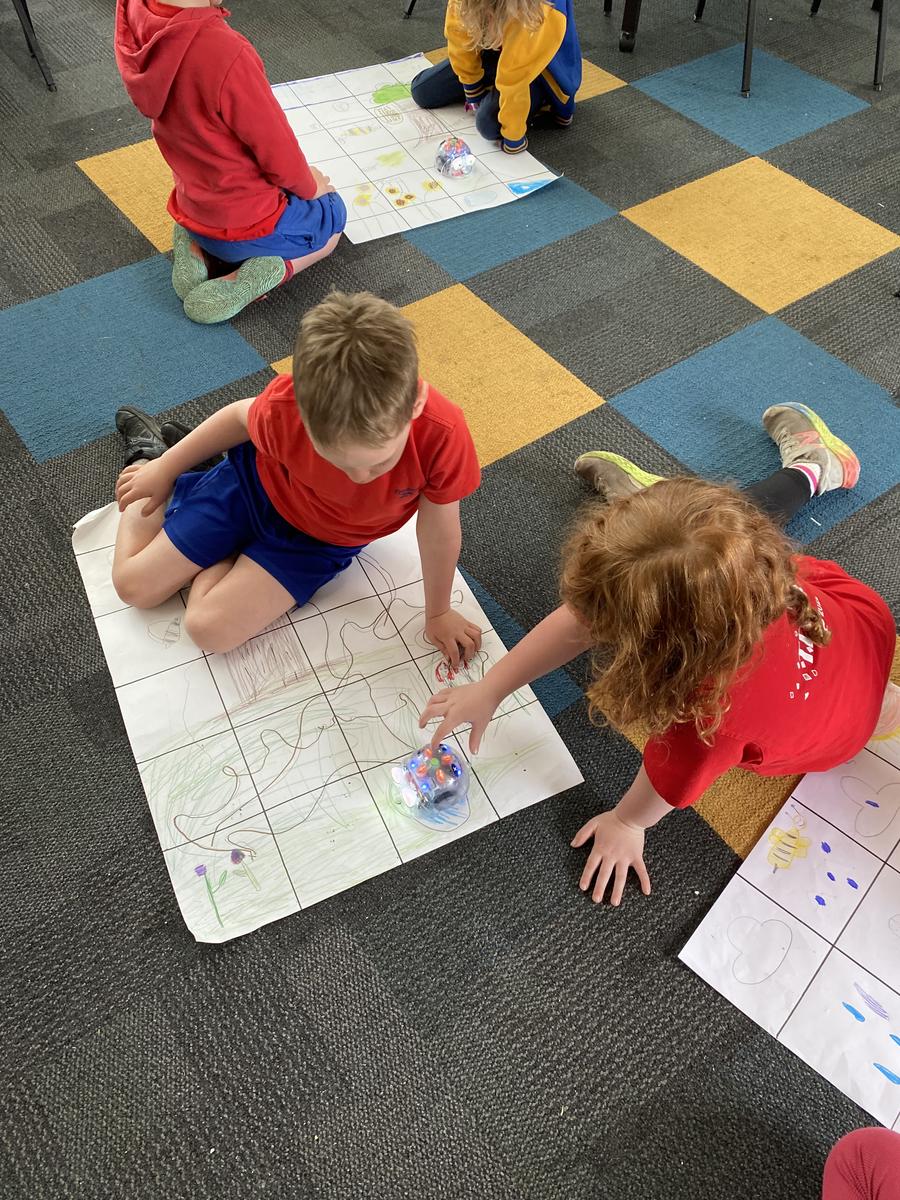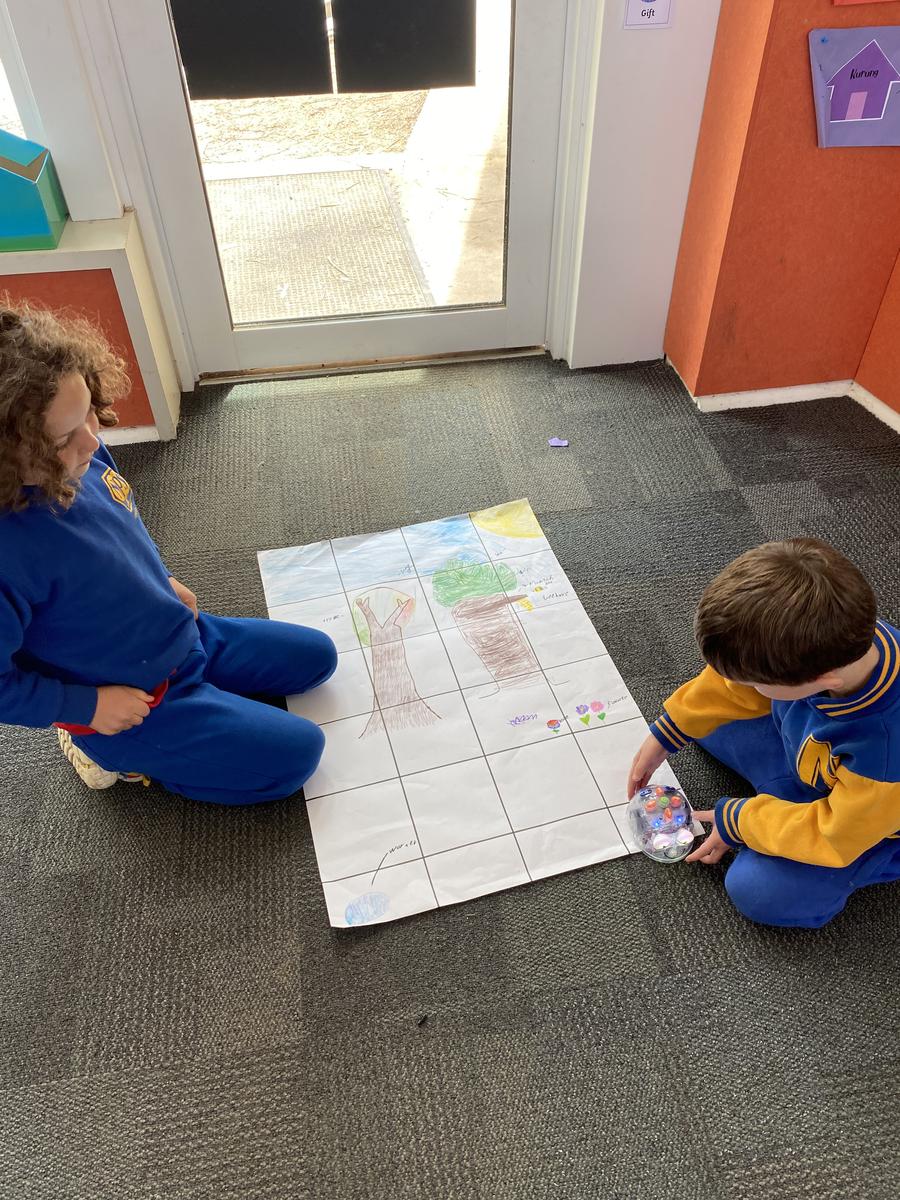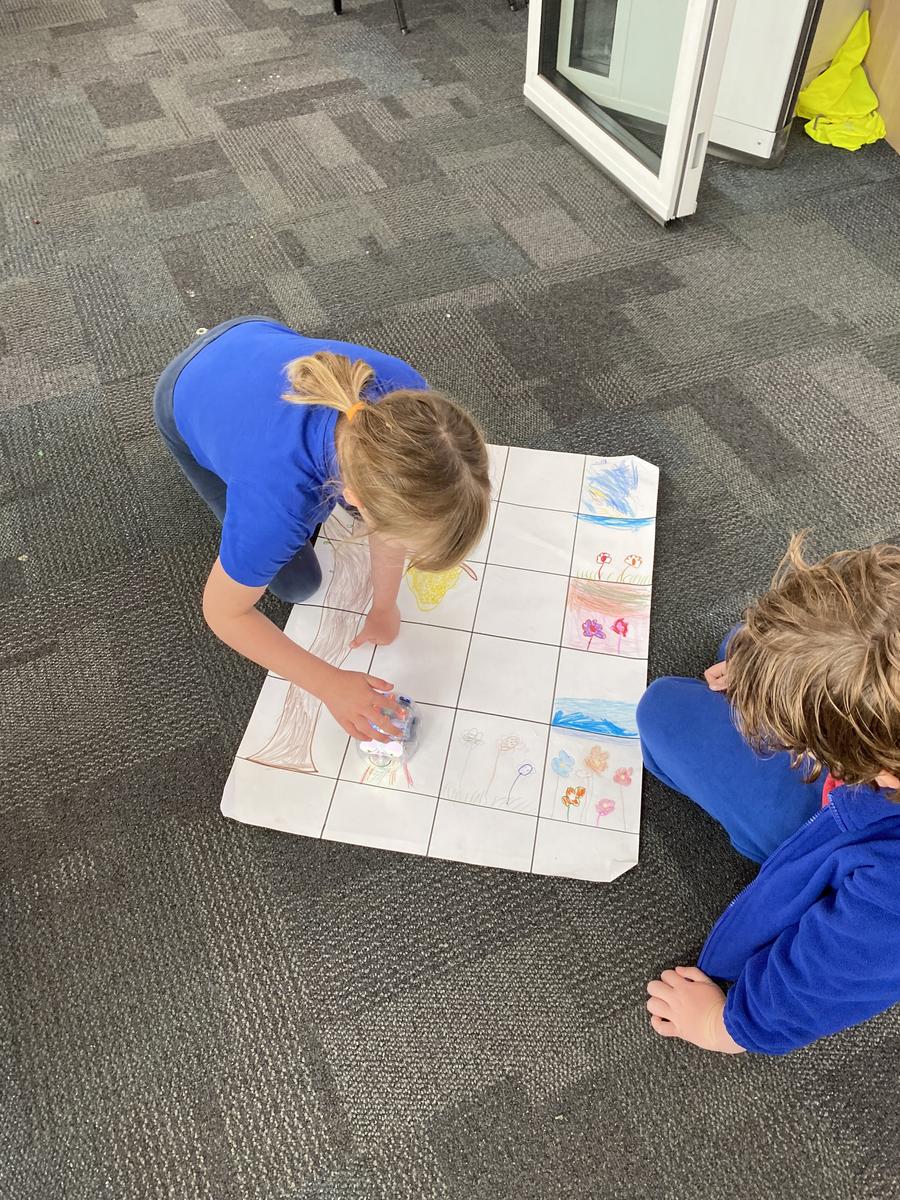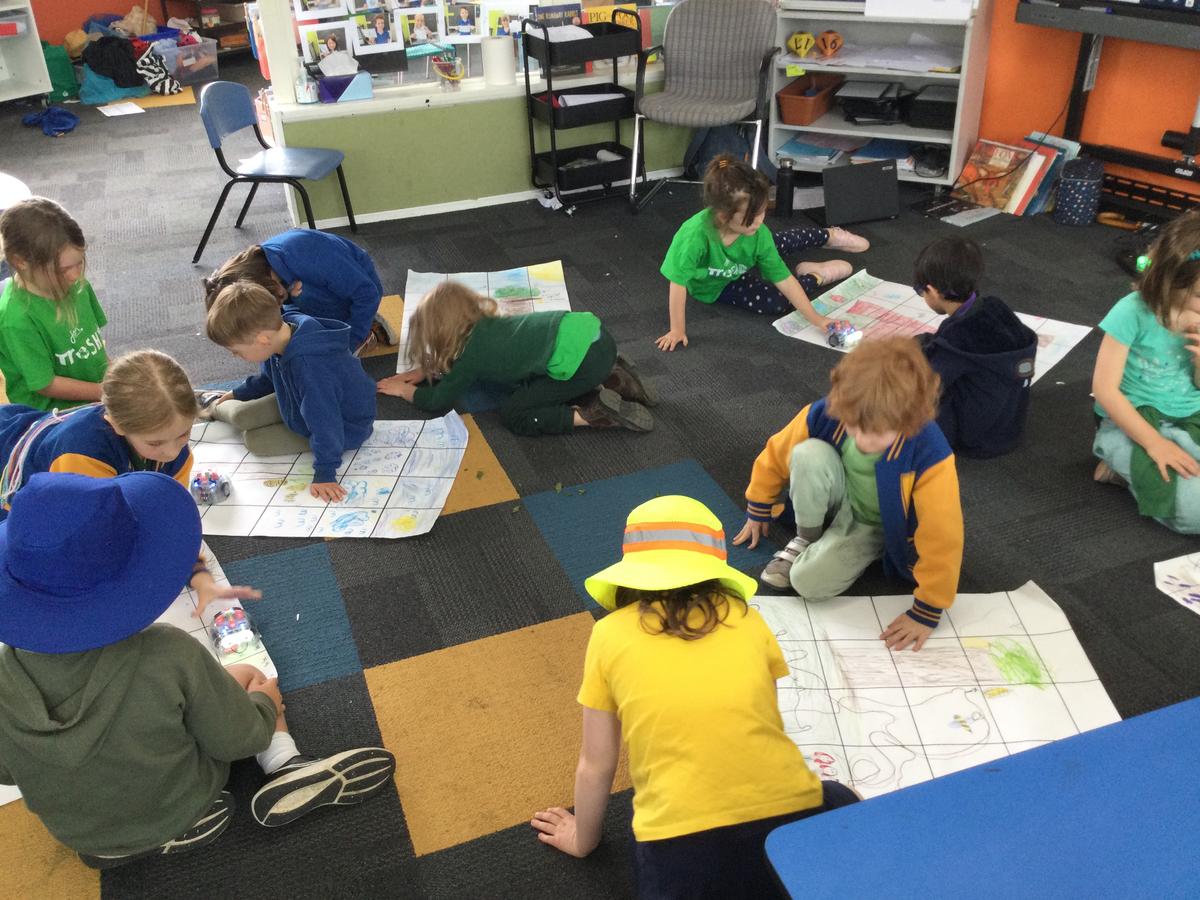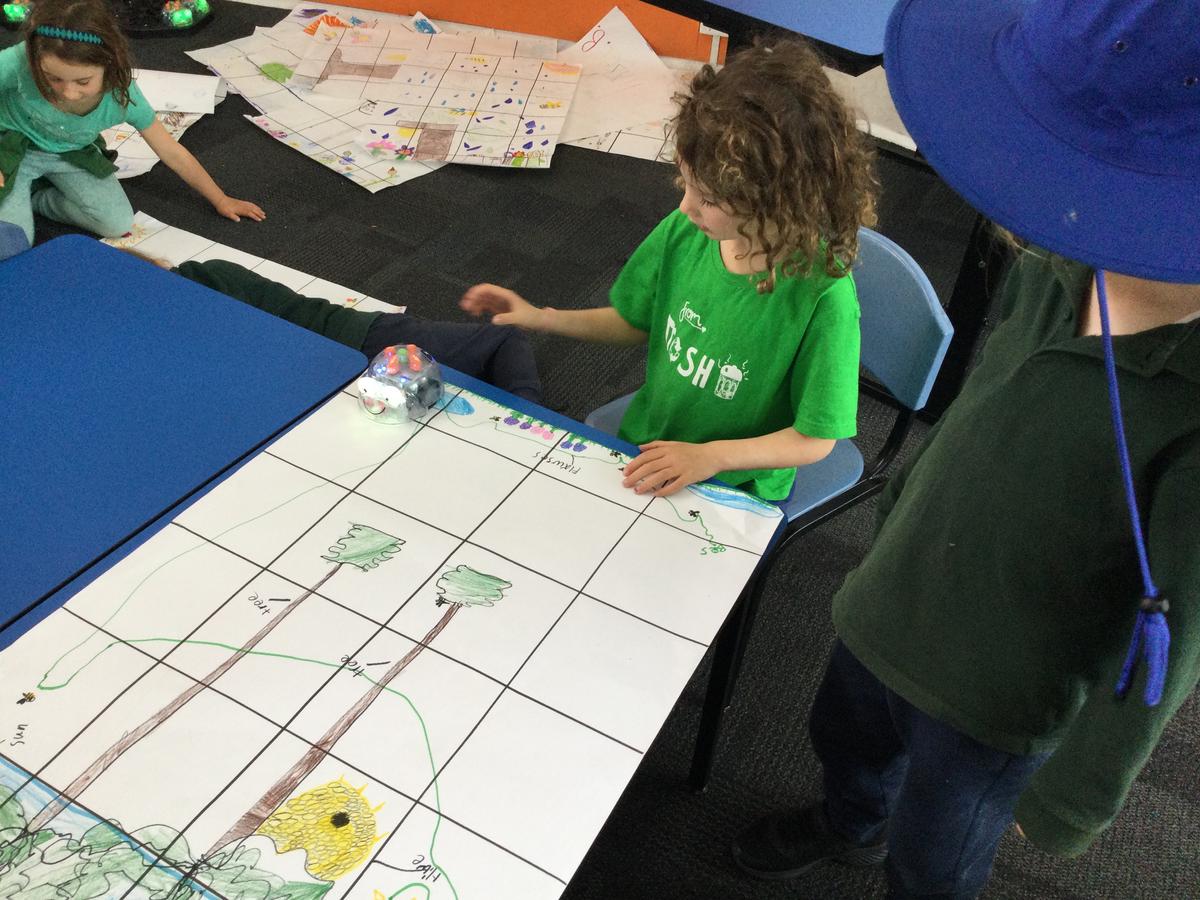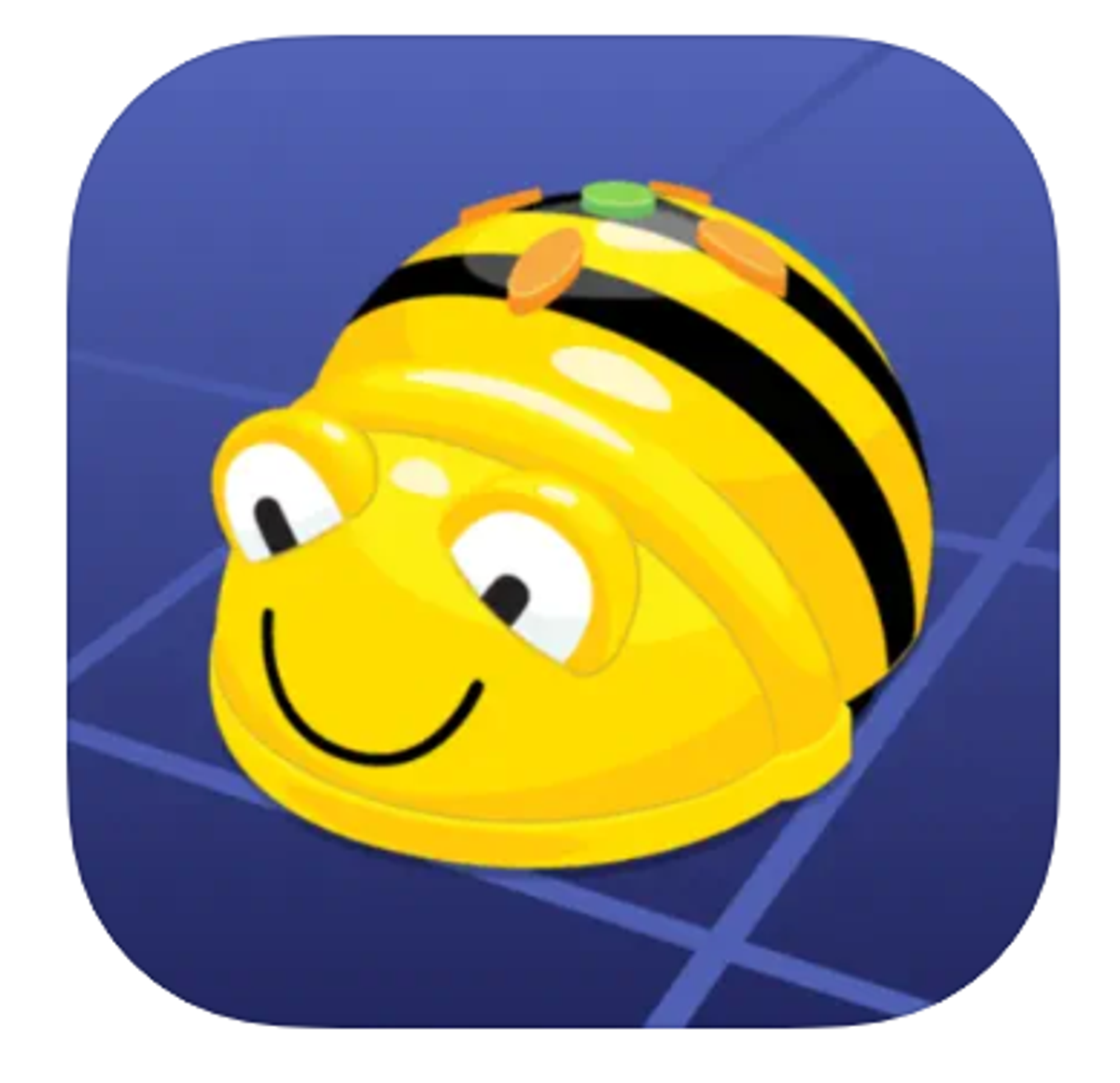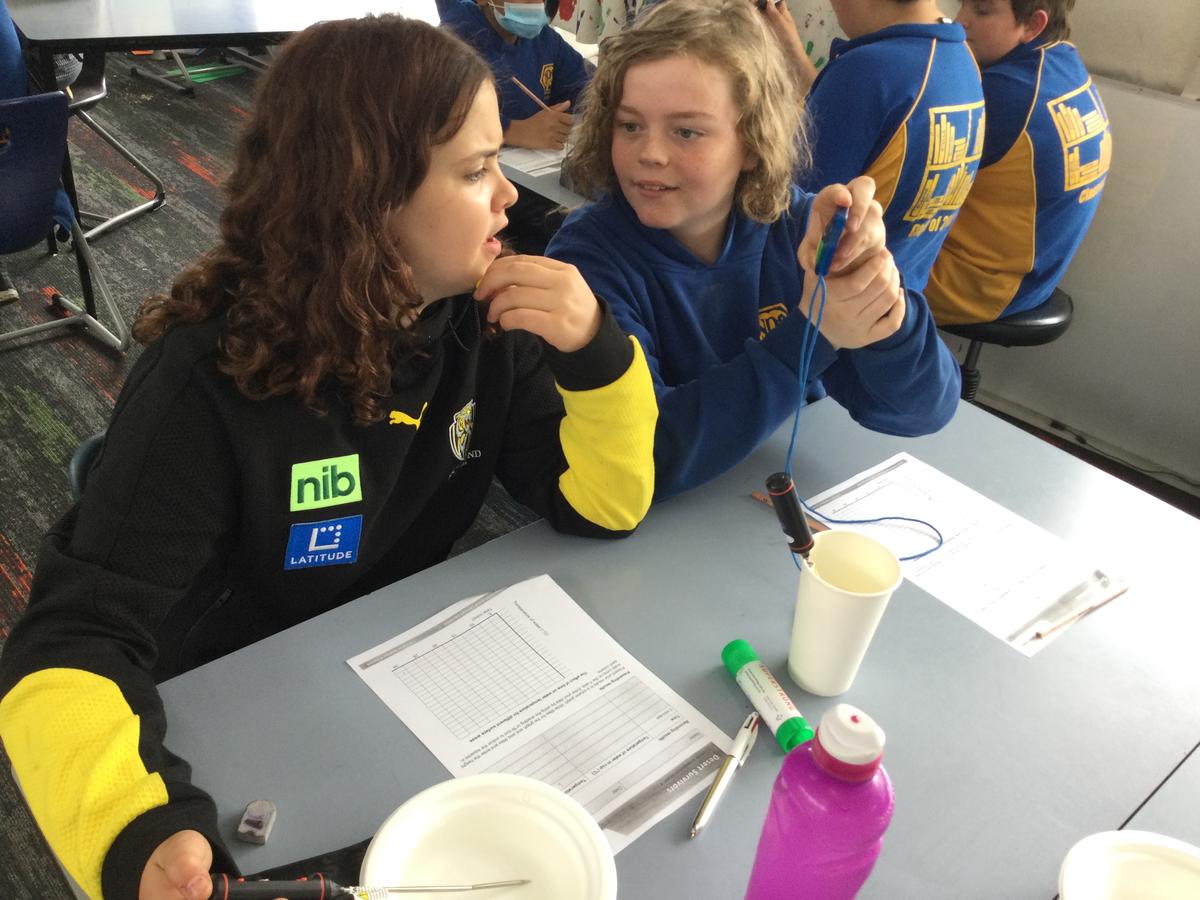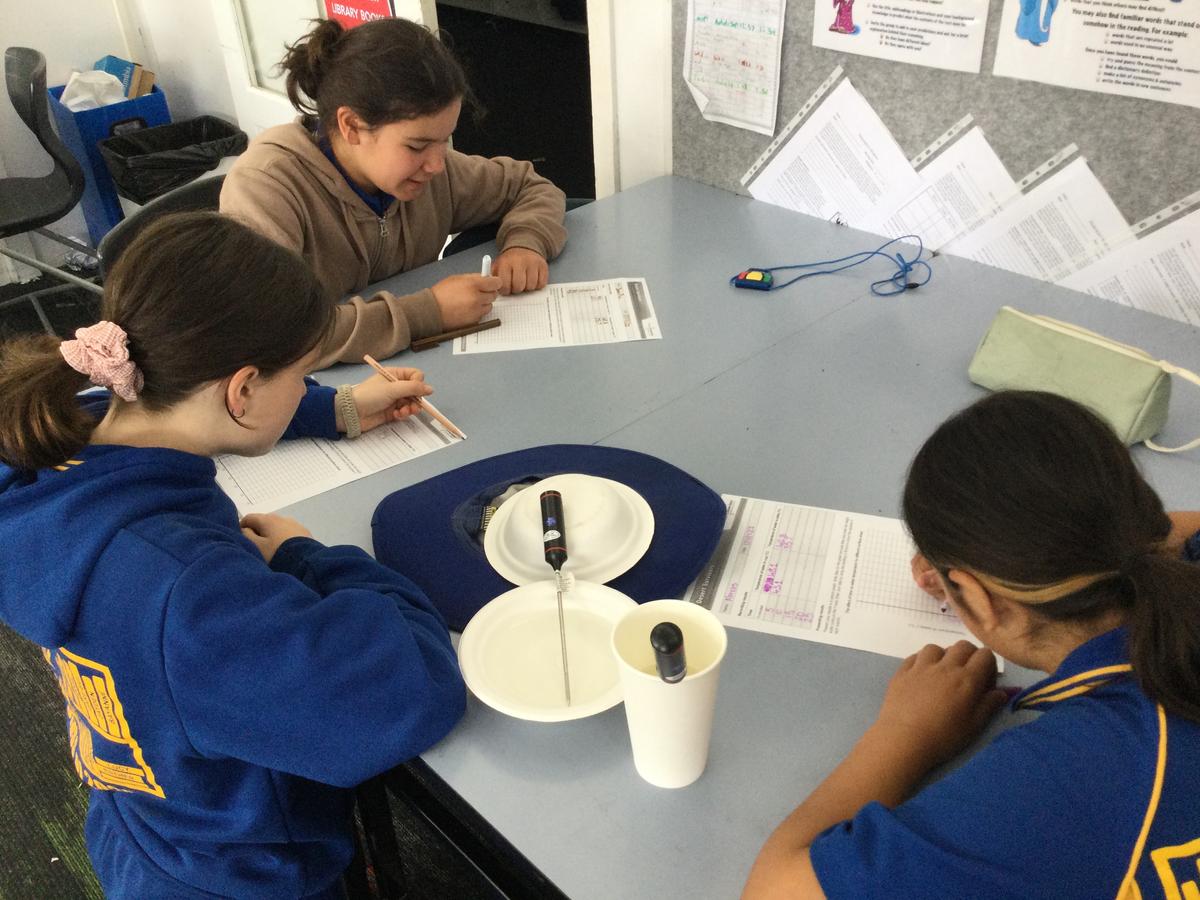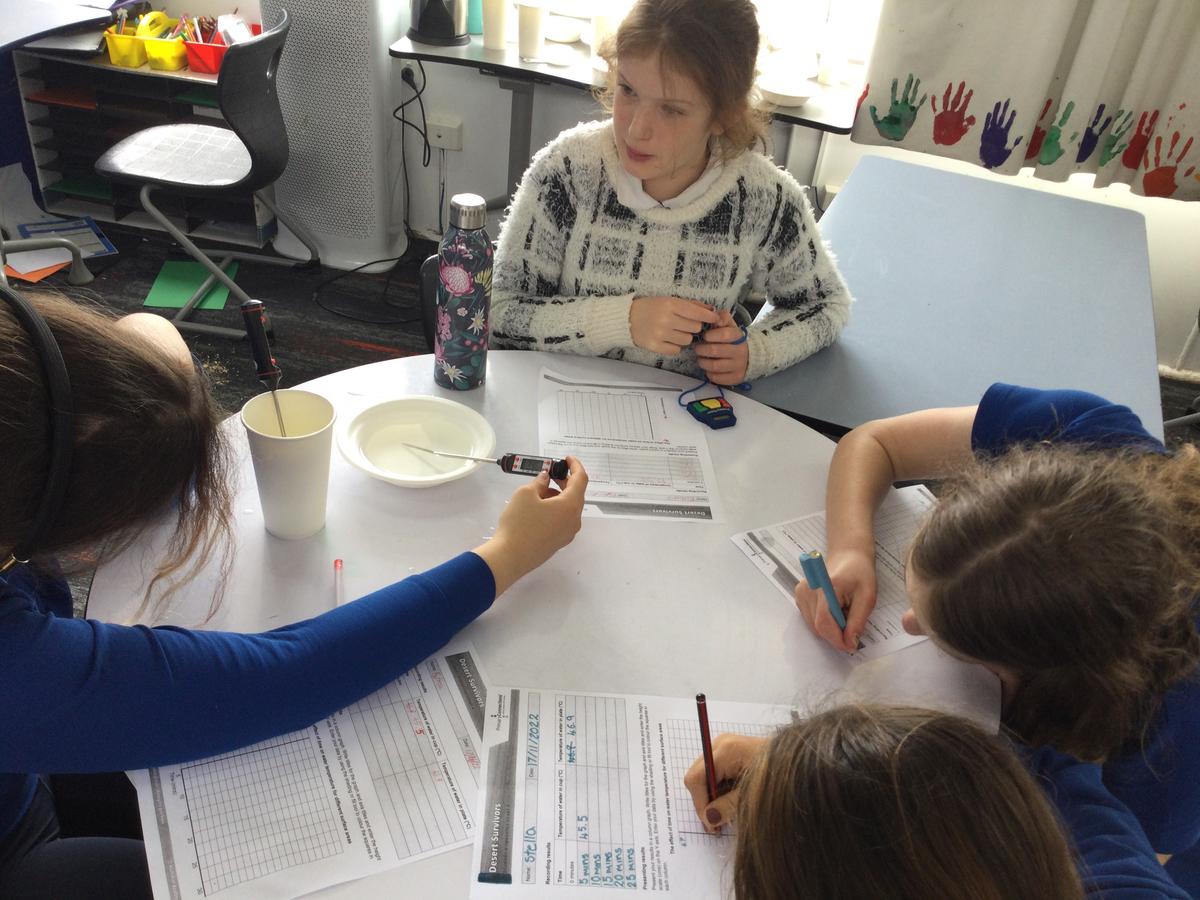STEAM
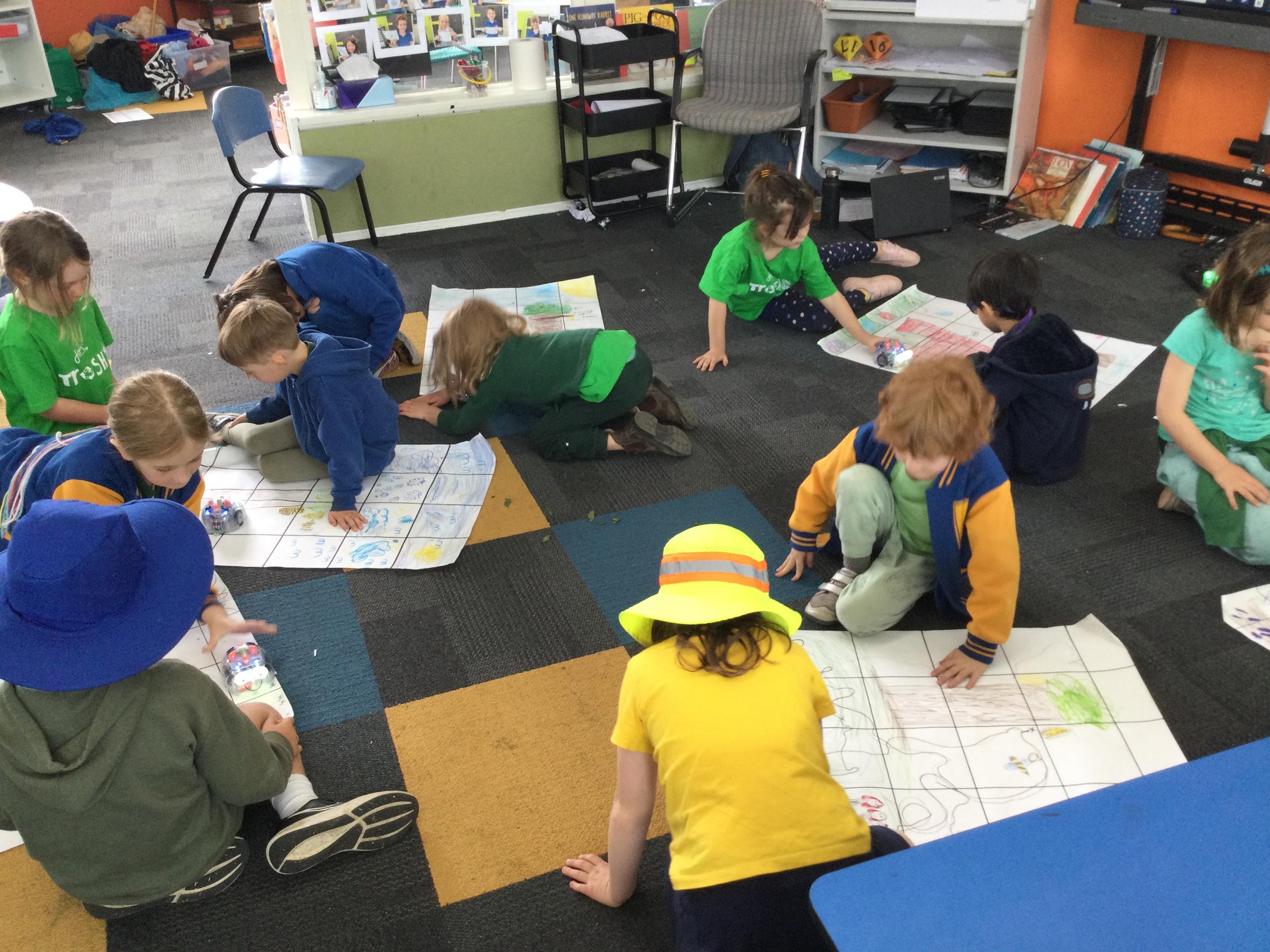
F/1
Students have continued learning about the features of living things and their needs. They compared the needs and features of worms and bees and noticed that all living things need food, shelter and water.
Students applied what they learned about the needs of a bee to get creative and draw a map for a bee. The maps included a bee hive for shelter, flowers for food and a source of water. They then used these maps to navigate the bee bot robots around to find the things they needed to survive. Through this task, students began to develop their understanding of coding. They learned that an algorithm is a set of steps or instructions.
We will be using the rest of this term to develop their coding skills and give students the chance to understand the importance of ordering steps correctly and debugging problems in a code.
Students also used a virtual version of the bee bot on the ipad. Many students enjoyed using the app and asked for information about it. If you have a compatible device at home, you can download the Bee-Bot app from the App Store or Google Play Store for free.
2/3
Students have been learning about living things and how to use observable features to group them. By comparing the features of a sample of living things, students have been able to come up with generalisations to distinguish between living and non living things. They have discovered that all living things grow, reproduce and need water.
Students also used their knowledge of living things to start sorting them into groups based on their features. They came up with more generalisations about plants and animals such as plants stay in the one place whereas animals can move around.
Soon we will be focussing in on animals to see what other groups can be made but looking at insects and bugs found in the leaf litter of the school.
4/5/6
In the past month, we have been focusing on conducting experiments as models to explain adaptations of desert animals. Students have been guided through the experimentation process from beginning to end.
We started with a claim that some desert animals have large ears to regulate their temperature in extreme heat. We worked through an experiment using water in different sized containers to test this theory. Together, we came up with scientific question "What happens to the temperature of water over time when we change the surface area?"
Students practise using equipment such as thermometers and stop watches to accurately measure and record the results. From here, they represented the data collected into the easy to read format of a line graph.
Using all of the information collected, students could see the trend that even though the water in both container lost heat, the bowl lost heat quicker than the cup. Students concluded from this that desert animals have large ears to help them lose heat.

